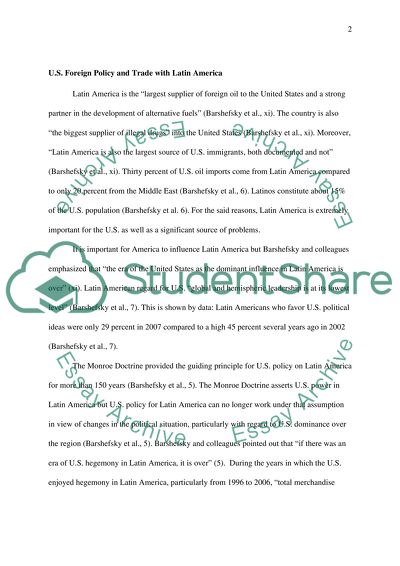Cite this document
(“U.S. Foreign Policy and Trade Essay Example | Topics and Well Written Essays - 1250 words”, n.d.)
Retrieved from https://studentshare.org/history/1433535-us-foreign-policy-and-trade
Retrieved from https://studentshare.org/history/1433535-us-foreign-policy-and-trade
(U.S. Foreign Policy and Trade Essay Example | Topics and Well Written Essays - 1250 Words)
https://studentshare.org/history/1433535-us-foreign-policy-and-trade.
https://studentshare.org/history/1433535-us-foreign-policy-and-trade.
“U.S. Foreign Policy and Trade Essay Example | Topics and Well Written Essays - 1250 Words”, n.d. https://studentshare.org/history/1433535-us-foreign-policy-and-trade.


